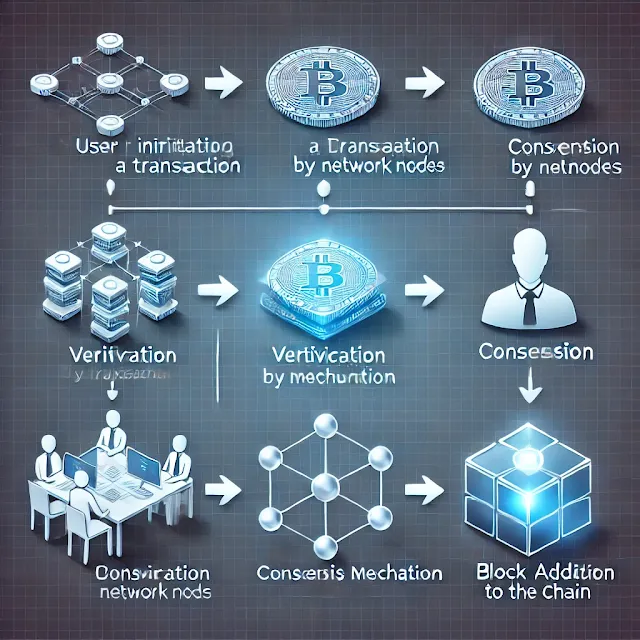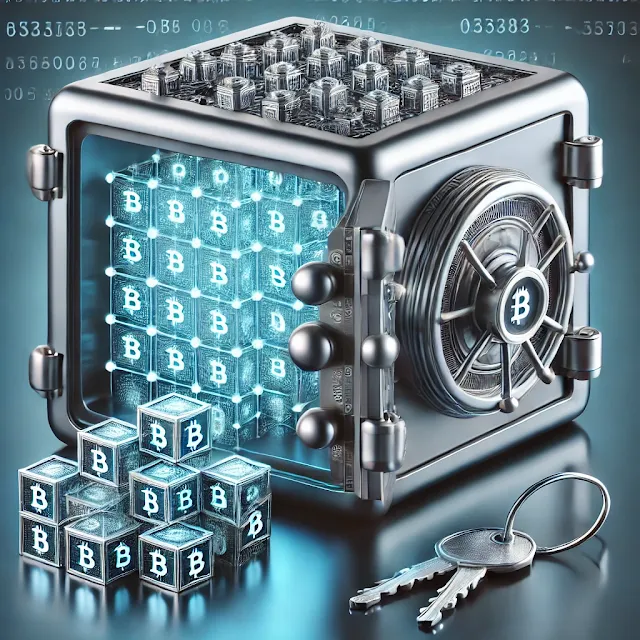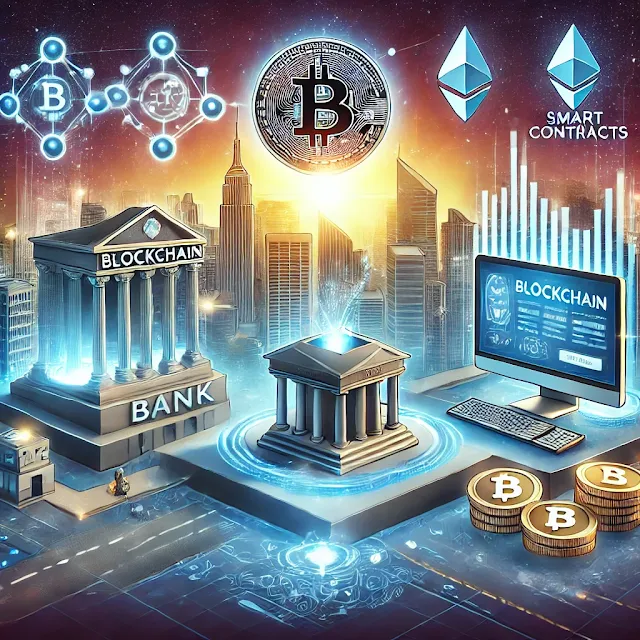How Blockchain Technology Works and Why It Matters
Blockchain technology is a decentralized digital ledger that securely records transactions across a network of computers, ensuring transparency and immutability. Each block contains a cryptographic hash of the previous block, a timestamp, and transaction data, forming a chain that is resistant to modification. This structure eliminates the need for a central authority, allowing for peer-to-peer transactions.
The decentralized nature of blockchain ensures that no single entity controls the entire system, enhancing security and trust among participants. Transactions are verified by network nodes through consensus mechanisms, making the system robust against fraud and tampering. This technology has applications beyond cryptocurrencies, including supply chain management, healthcare, and finance, where transparency and security are paramount.
Understanding blockchain is crucial as it represents a shift towards more decentralized and transparent systems, potentially transforming various industries by providing more secure and efficient ways to record and share information.
Understanding Blockchain TechnologyBlockchain is a decentralized, distributed ledger that records transactions securely and transparently across a network of computers. Each block contains a list of transactions, a timestamp, and a cryptographic hash of the previous block, linking them together in a chain. This structure ensures that once information is recorded, it becomes extremely difficult to alter, providing a high level of security and trust.
Key Components of Blockchain- Blocks: The individual units that store transaction data.
- Nodes: Computers that participate in the blockchain network, maintaining copies of the ledger and validating transactions.
- Consensus Mechanisms: Protocols that ensure all nodes agree on the state of the ledger, such as Proof of Work (PoW) or Proof of Stake (PoS).
- Initiation: A user initiates a transaction, such as transferring cryptocurrency to another user.
- Broadcast: The transaction is broadcast to the network of nodes.
- Validation: Nodes validate the transaction using predefined rules and the chosen consensus mechanism.
- Recording: Once validated, the transaction is added to a new block and appended to the blockchain.
Blockchain technology offers several advantages that make it a transformative force across various industries:
Enhanced SecurityThe decentralized and immutable nature of blockchain makes it highly secure. Each transaction is encrypted and linked to the previous one, making it difficult for hackers to alter information. Additionally, the consensus mechanisms require agreement from multiple nodes, reducing the risk of fraudulent activities.
Transparency and TrustAll transactions on a blockchain are recorded on a public ledger that is accessible to all participants. This transparency fosters trust among users, as they can independently verify transactions without relying on a central authority. In industries like supply chain management, this ensures product authenticity and traceability.
Efficiency and Cost ReductionBy eliminating intermediaries and automating processes through smart contracts, blockchain can significantly reduce operational costs and increase efficiency. Transactions can be processed faster, and the need for manual reconciliation is minimized. For example, in cross-border payments, blockchain enables near-instantaneous settlements without the need for correspondent banks.
Applications of Blockchain TechnologyBlockchain's versatility allows it to be applied in various sectors beyond its initial use in cryptocurrencies:
Finance and BankingBlockchain enables secure and efficient transactions, reducing the need for intermediaries and lowering costs. Banks are exploring blockchain for cross-border payments, clearing and settlement systems, and digital identity verification. The technology's transparency and security features can enhance trust and streamline operations in the financial sector.
Supply Chain ManagementBy providing an immutable record of product movement from origin to consumer, blockchain enhances transparency and traceability in supply chains. This can help prevent counterfeiting, ensure product authenticity, and improve inventory management. Companies can track the provenance of goods, monitor conditions during transit, and verify delivery, leading to increased efficiency and trust among stakeholders.
HealthcareIn healthcare, blockchain can secure patient records, ensuring that data is accurate, tamper-proof, and accessible only to authorized individuals. It can also streamline the sharing of medical information among providers, leading to better patient outcomes. Additionally, blockchain can be used to track the supply chain of pharmaceuticals, combating counterfeit drugs and ensuring product integrity.
Voting SystemsBlockchain offers a transparent and secure method for casting and counting votes, reducing the risk of fraud and enhancing trust in electoral processes. Each vote can be recorded as a transaction on the blockchain, creating an immutable ledger that can be audited and verified by all stakeholders. This can increase voter confidence and participation in democratic processes.
Challenges Facing Blockchain AdoptionDespite its advantages, blockchain technology faces several challenges that need to be addressed for broader adoption:
ScalabilityAs the number of users and transactions increases, blockchain networks can experience slower transaction times and higher fees. Scaling solutions, such as sharding and off-chain transactions, are being explored to address these issues. However, achieving scalability without compromising security and decentralization remains
#HowBlockchainWorks #BlockchainTechnology #Blockchain #CryptoCurrency












No comments:
Post a Comment
I genuinely appreciate you taking the time to read this blog post. Your support, comments, and engagement mean so much to me. Whether you’re here for the first time or have been following along for a while, I’m grateful to have you as part of this journey.
If you found value in this post, please consider sharing it or leaving a comment—your feedback helps me create content that resonates with you. Thank you for being a part of this community!
Warm regards,
Daily Boost Guide